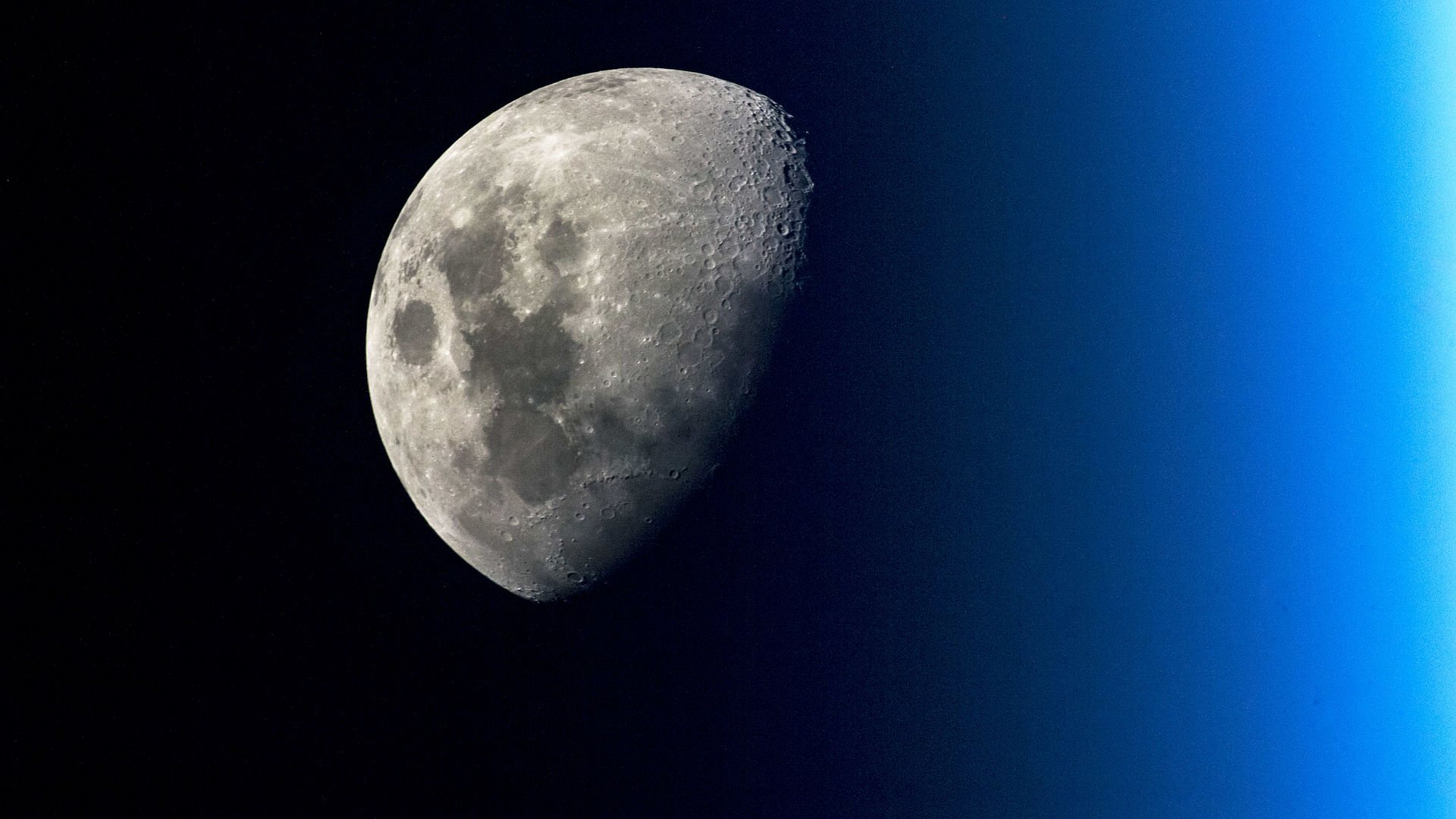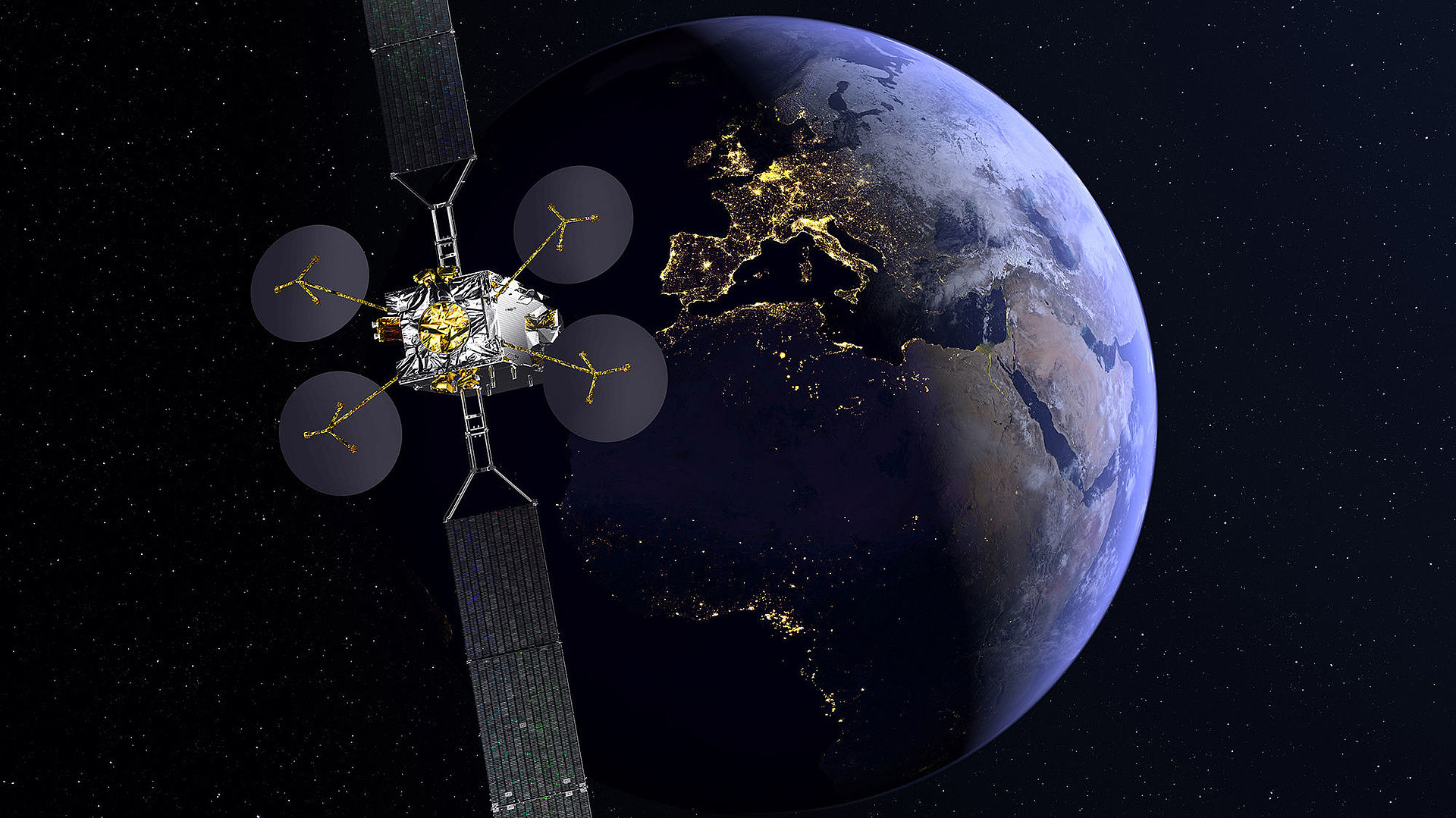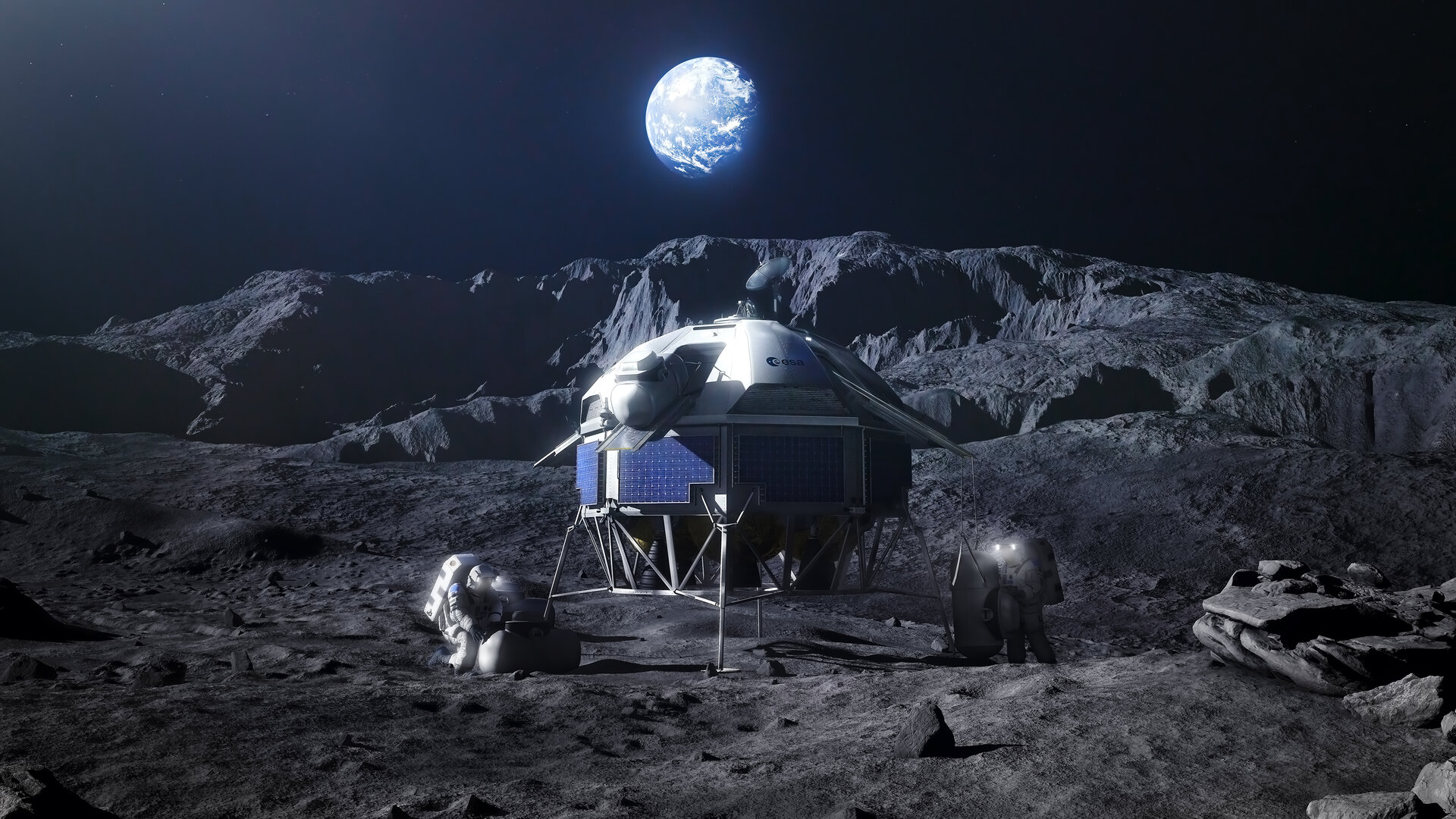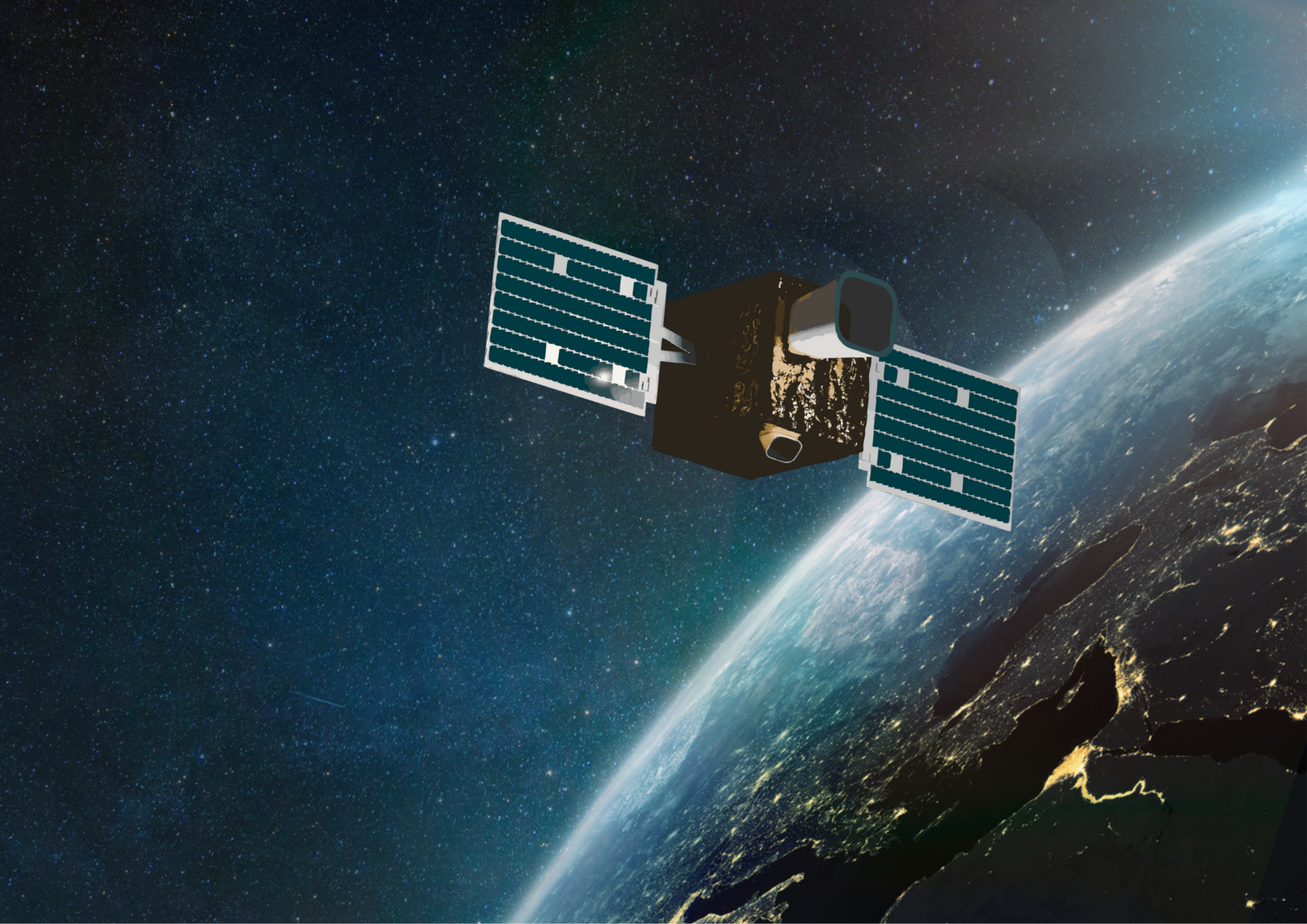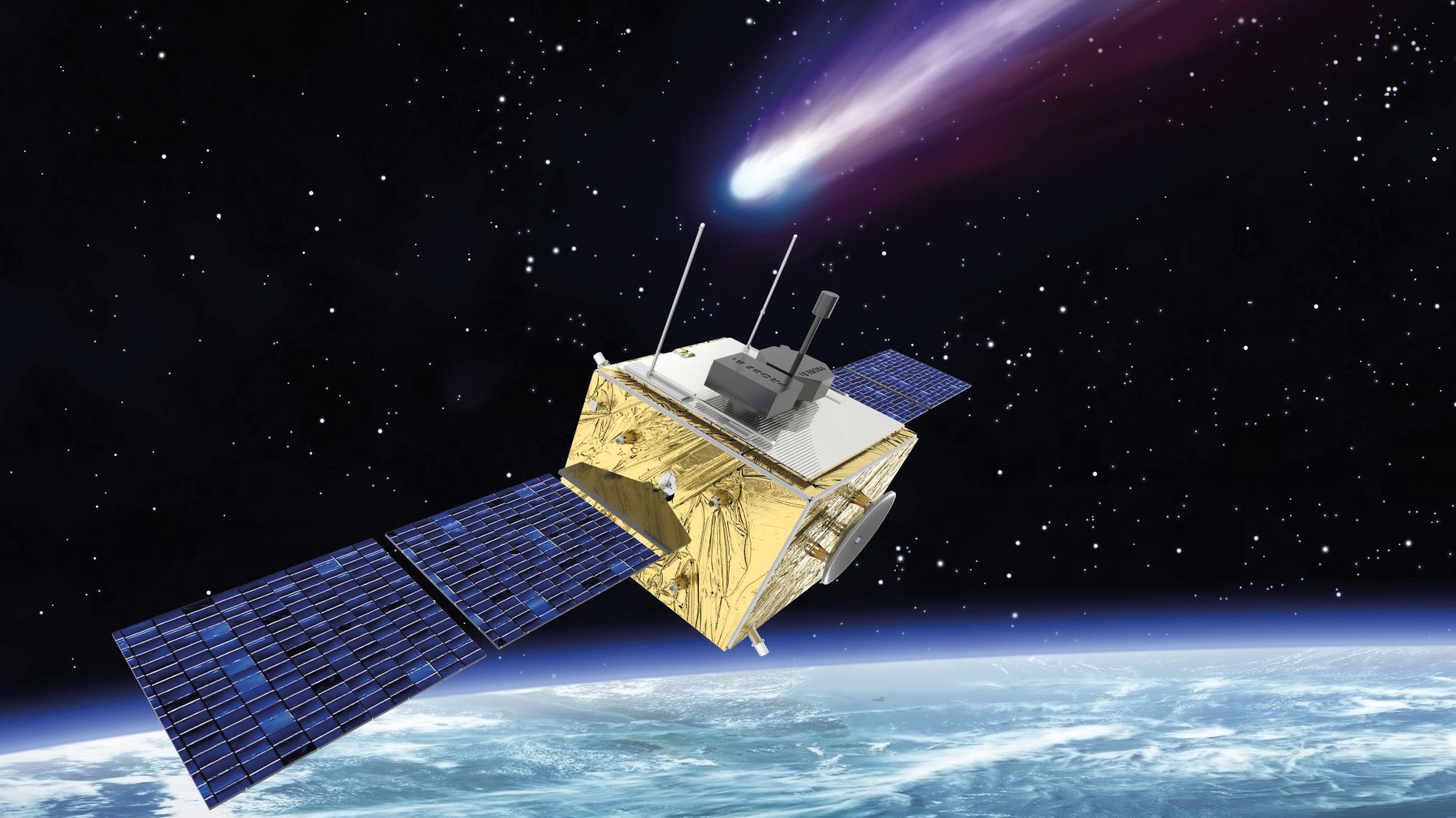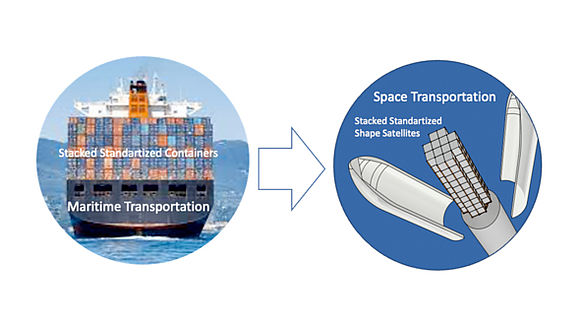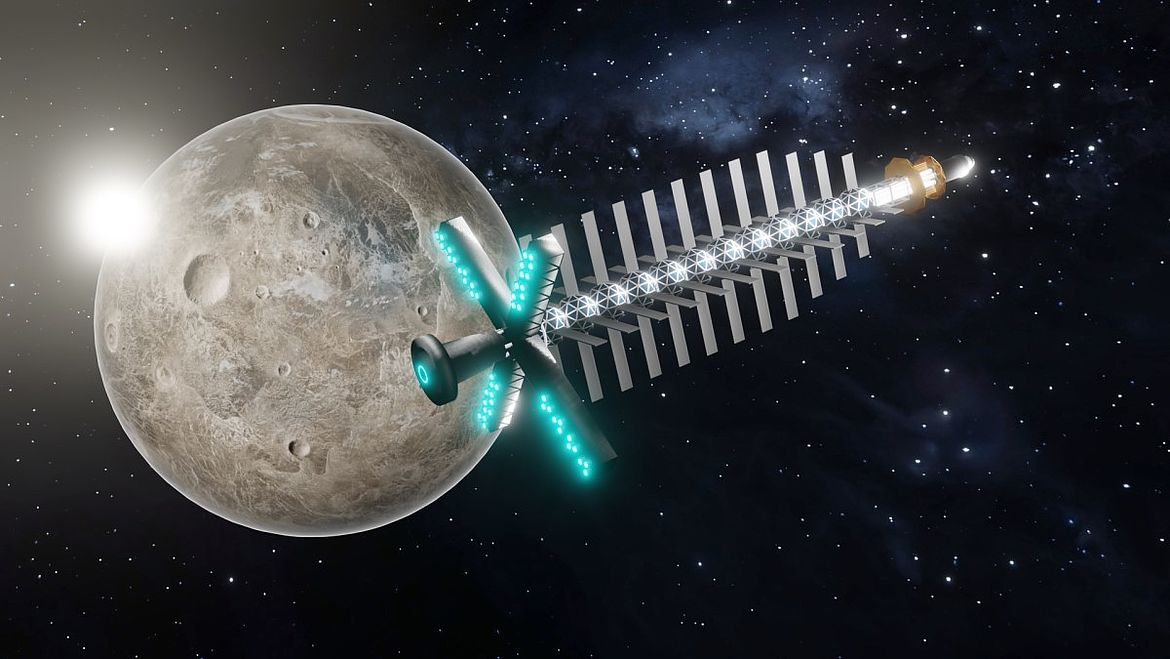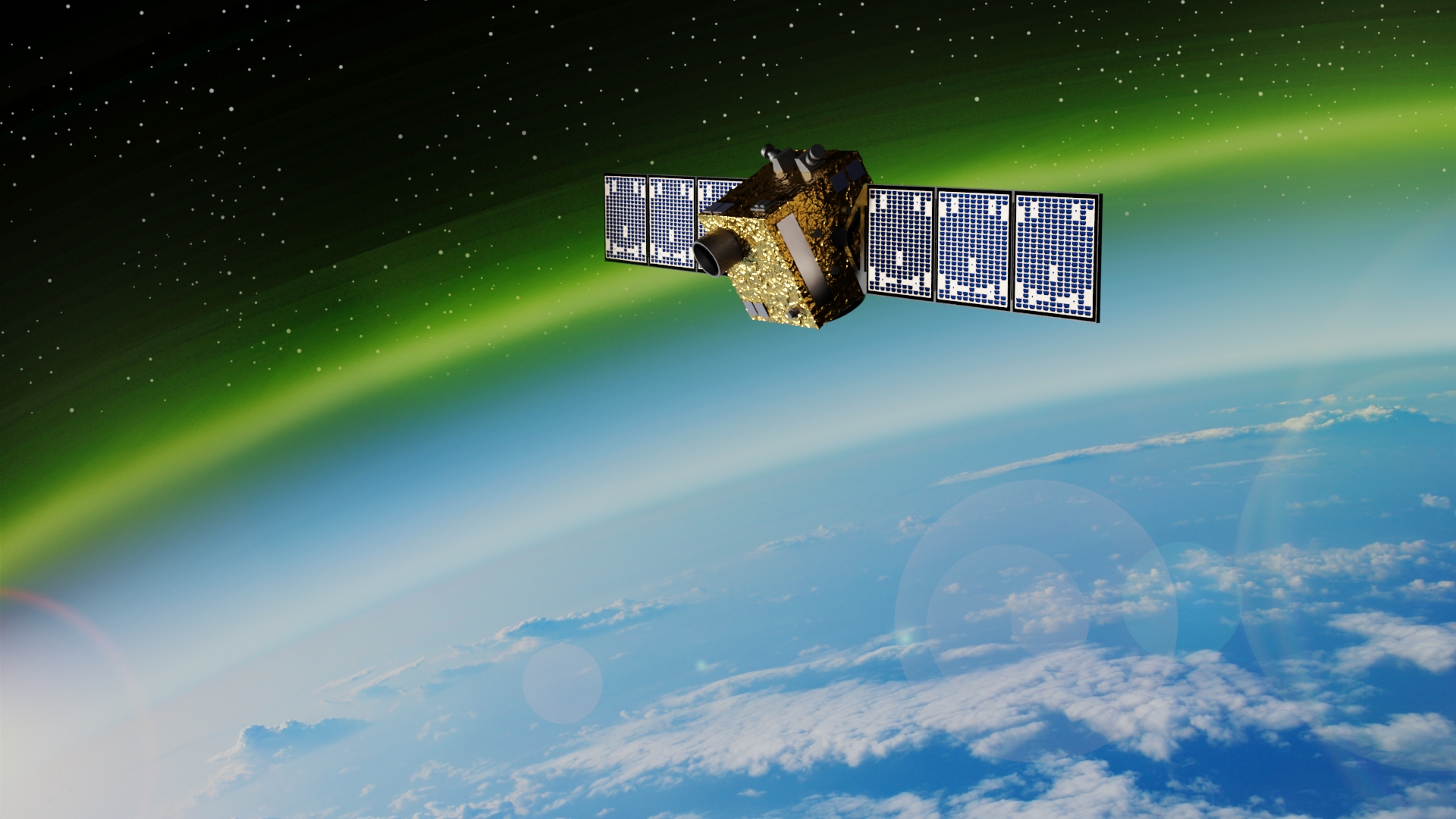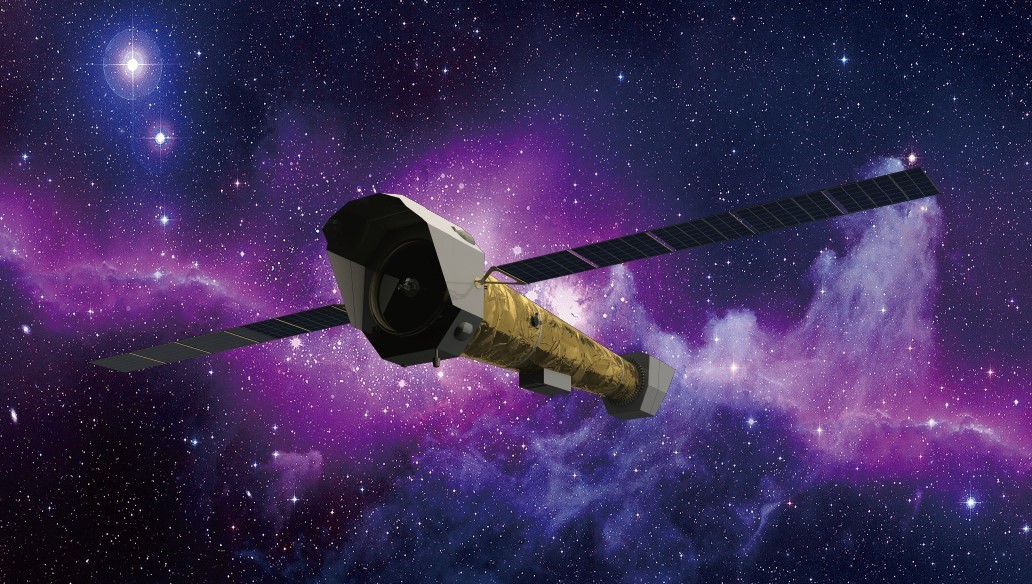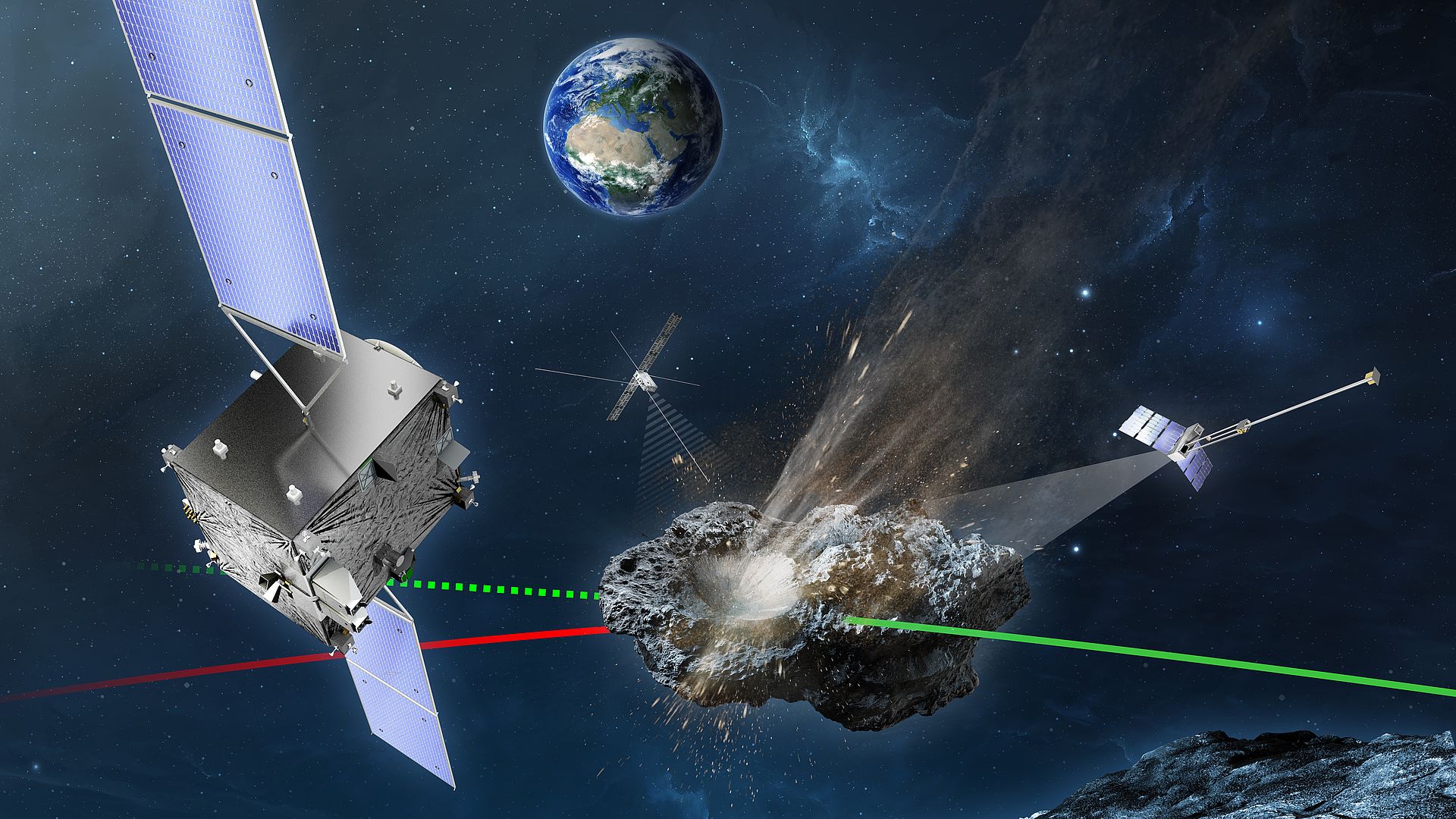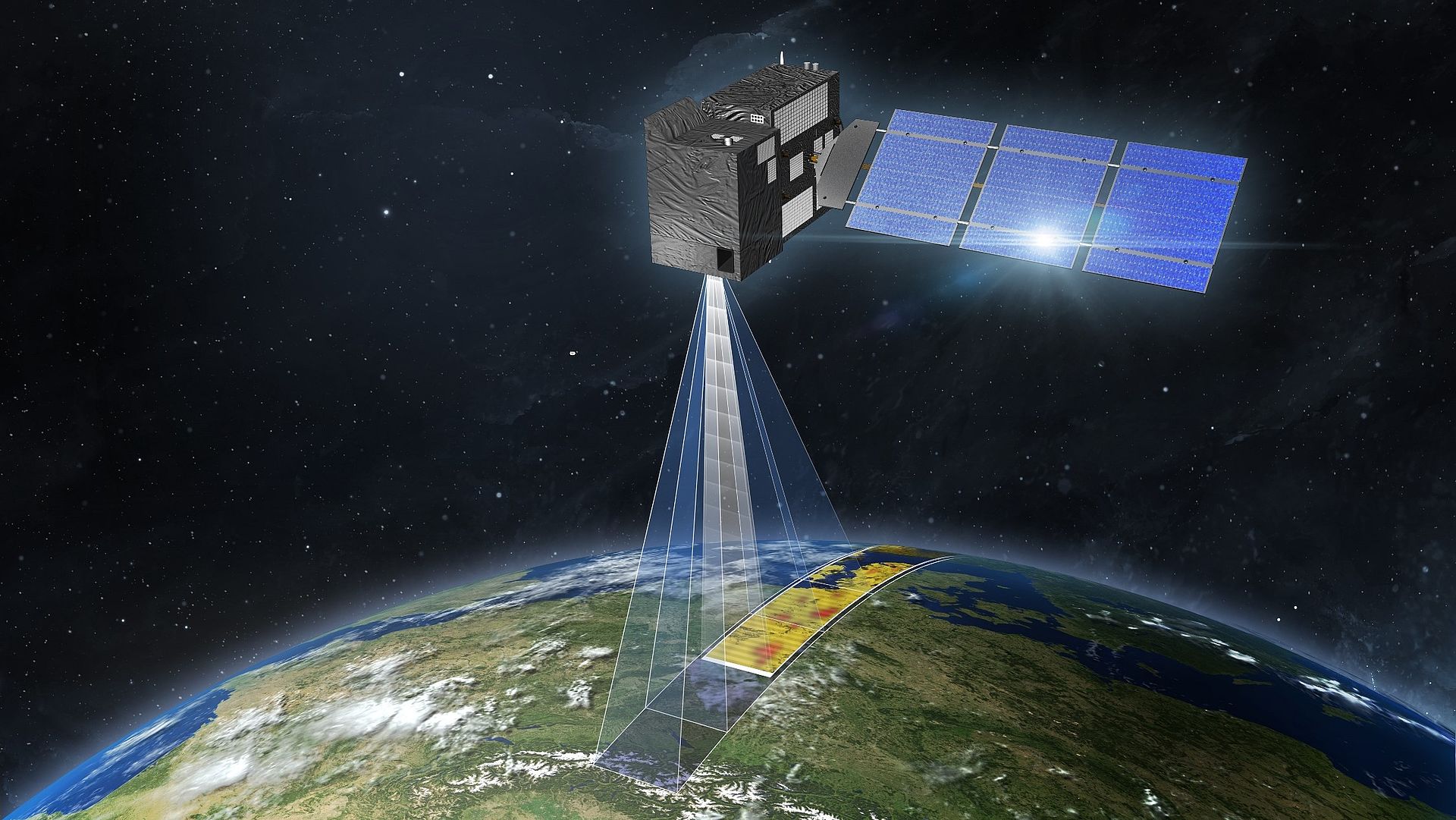Earth-Moon Cargo Service (EMCS)
The aim of the study is to identify key technologies for an expandable Earth–Moon Cargo Service (EMCS) with the final goal of bringing payloads into cislunar orbit. This pre-development allows for raising the maturity level of key technologies in the areas of propulsion, structures, and avionics. The Earth–Moon cargo system will be a service based so far as possible upon the use of Ariane 64 and its evolutions for long-haul missions. It will be complemented by a transitional stage, the characteristics of which are still to be defined.
Program: European Exploration Envelope Program (E3P)
The goals of the European Exploration Envelope Programme are to secure Europe’s central role in global space exploration, deliver new results in both basic and applied science, and offer a compelling vision of global endeavour that enriches society and inspires coming generations.
Customer
Our customer is OHB System, the end-customer is ESA.
Lightweight Deployable Radiators (LiDeR)
A limiting factor for the amount of payload that can be carried on a telecommunication satellite is the size of its radiators. These radiate away to outer space the heat generated by the payload equipment and must be large enough to accomplish this. The LiDeR project focuses on the development of a lightweight deployable radiator that will increase the effective size of the radiation area.
Program: ARTES AT
ARTES Advanced Technology (ARTES AT) is the ESA’s main programme for preparatory development of satellite communications covering long-term R&D activities. ARTES AT supports the early stages of systems development and exploitation of new and promising technologies for satellite communications.
Argonaut Nuclear Safety
Argonaut, previously known as European Large Logistic Lander (EL3) is a Moon lander that will enable autonomous robotic surface missions for Europe and allow independent ESA missions. Argonaut Nuclear Safety is a safety study of possible nuclear payload on the lander. The goals of the study are to analyse radiation fields and doses in various parts of the cargo platform, to the crew during normal operation or during accidents while in flight. Next goal is to analyse risks and consequences of accidents during landing on the Moon and during launch on Earth. OHB Czechspace and its partners are responsible for the nuclear safety analysis.
CUSTOMER
Our customer is OHB System, the end-customer is ESA.
Zero Debris Platform
Zero debris platform is a study of OHB System AG for the European Space Agency (ESA) initiated in response to Zero Debris Strategy which shall be implemented by 2030. The goal of the study is to analyse and find possible weak spots of large satellite platforms which would not be compliant with new requirements by 2030, and to formulate zero debris platform evolution roadmap. OHB Czechspace is responsible within this study for structural activities.
CUSTOMER
Our customer is OHB System, the end-customer is ESA.

